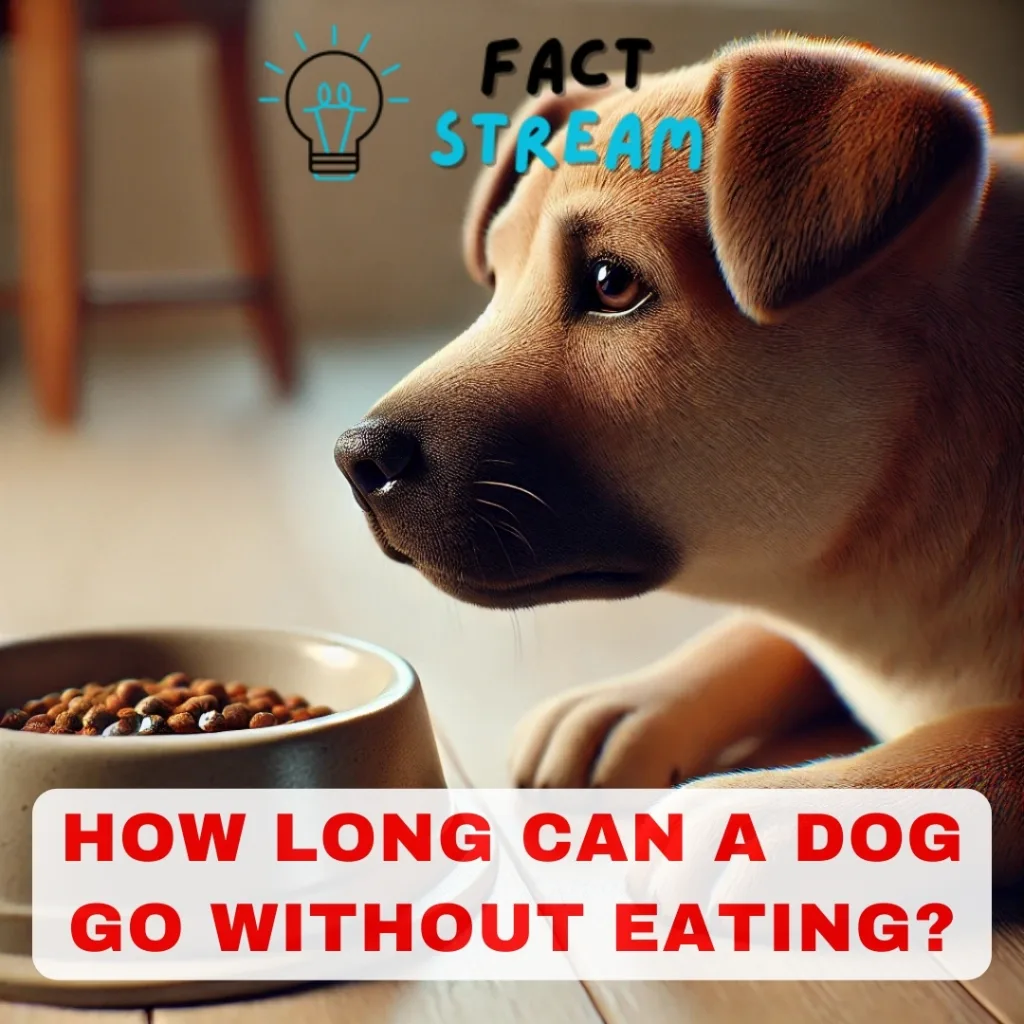How Long Can a Dog Go Without Eating?
Have you ever wondered, “How long can my dog actually go without eating?” As a concerned dog parent, it’s natural to worry if your furry friend skips a meal or two. Maybe they’re just being picky, or maybe something else is going on. Let’s sniff out the facts and figure out when it’s time to call the vet.
The General Rule: 3 to 5 Days, But…
Most healthy adult dogs can surprisingly go 3 to 5 days without food as long as they’re still drinking water. Think of it like a short-term fast. Their bodies are built to handle a little bit of hunger! However, this is just a general guideline, and there are always exceptions.
Here’s the catch:
- Puppies: Young pups, especially small breeds under 6 months old, are like little growing machines. They need to eat several times a day to avoid problems like dehydration and low blood sugar (hypoglycemia). So, if your little buddy isn’t eating, get them to a vet ASAP.
- Senior Dogs: Older dogs might have different needs too. For instance, dogs with diabetes need to eat regularly to manage their blood sugar. If you notice any changes in their appetite, a quick chat with your vet is always a good idea.
- Underlying Health Issues: If your dog has a medical condition, their ability to handle going without food could be affected. Always consult your vet for personalized advice in these situations.
Remember: Even though a dog might technically survive for a few days without food, it doesn’t mean they should! Prolonged fasting can have serious consequences, like muscle loss and organ damage. It’s always best to address the issue sooner rather than later.
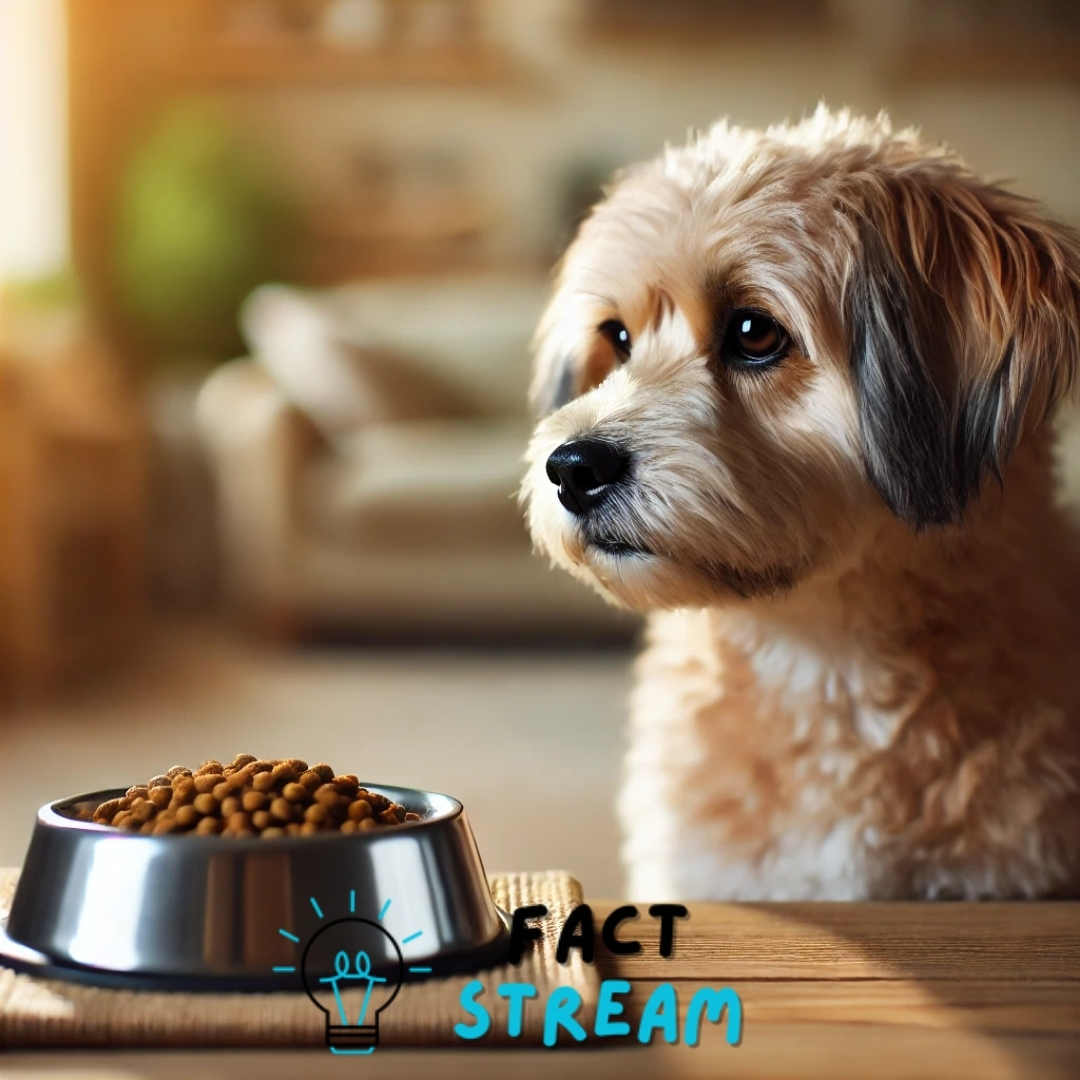
Why Isn’t My Dog Eating?
Now, let’s play detective and try to understand why your canine companion is turning their nose up at their food bowl. There’s a whole buffet of reasons, some simple and some more complex:
- Finicky Eater: Sometimes, dogs just get bored with their food. It’s like eating the same sandwich every day – eventually, you want something different! Switching to a new brand, flavor, or even trying homemade food might just rekindle their love for mealtime.
- Upset Tummy: Have you ever felt too queasy to eat? Dogs can feel the same way! An upset stomach, often caused by eating something they shouldn’t have, can make them lose their appetite temporarily. In this case, they’ll usually start eating again once their tummy settles.
- Dental Problems: Imagine trying to enjoy a delicious steak with a toothache! Ouch! Dental issues, like a sore tooth or gum disease, can make chewing painful and lead to a decrease in appetite. Regular dental care is important for your pup’s overall health and well-being.
- Feeling Under the Weather: Just like us, dogs lose their appetite when they’re not feeling well. It could be a simple cold, an infection, or something more serious. Keep an eye out for other symptoms like lethargy, vomiting, or diarrhea, and contact your vet if you notice any changes.
- Stressed Out Pup: Dogs can experience stress and anxiety just like we do, and it can affect their appetite. Changes in routine, a new pet in the house, or even loud noises can make them feel anxious and less interested in food.
- Medication Side Effects: Some medications can cause a decrease in appetite as a side effect. If your dog recently started a new medication, talk to your vet to see if it could be the culprit.
When to See a Vet?
As a general rule, if your dog hasn’t eaten for 48 hours, it’s time to call the vet. But, don’t wait that long if you notice any other concerning symptoms like:
- Vomiting or diarrhea
- Lethargy or weakness
- Weight loss
- Changes in behavior
- Pain or discomfort
Remember, it’s always better to be safe than sorry! Your vet can examine your dog, run tests if necessary, and determine the underlying cause of their loss of appetite.
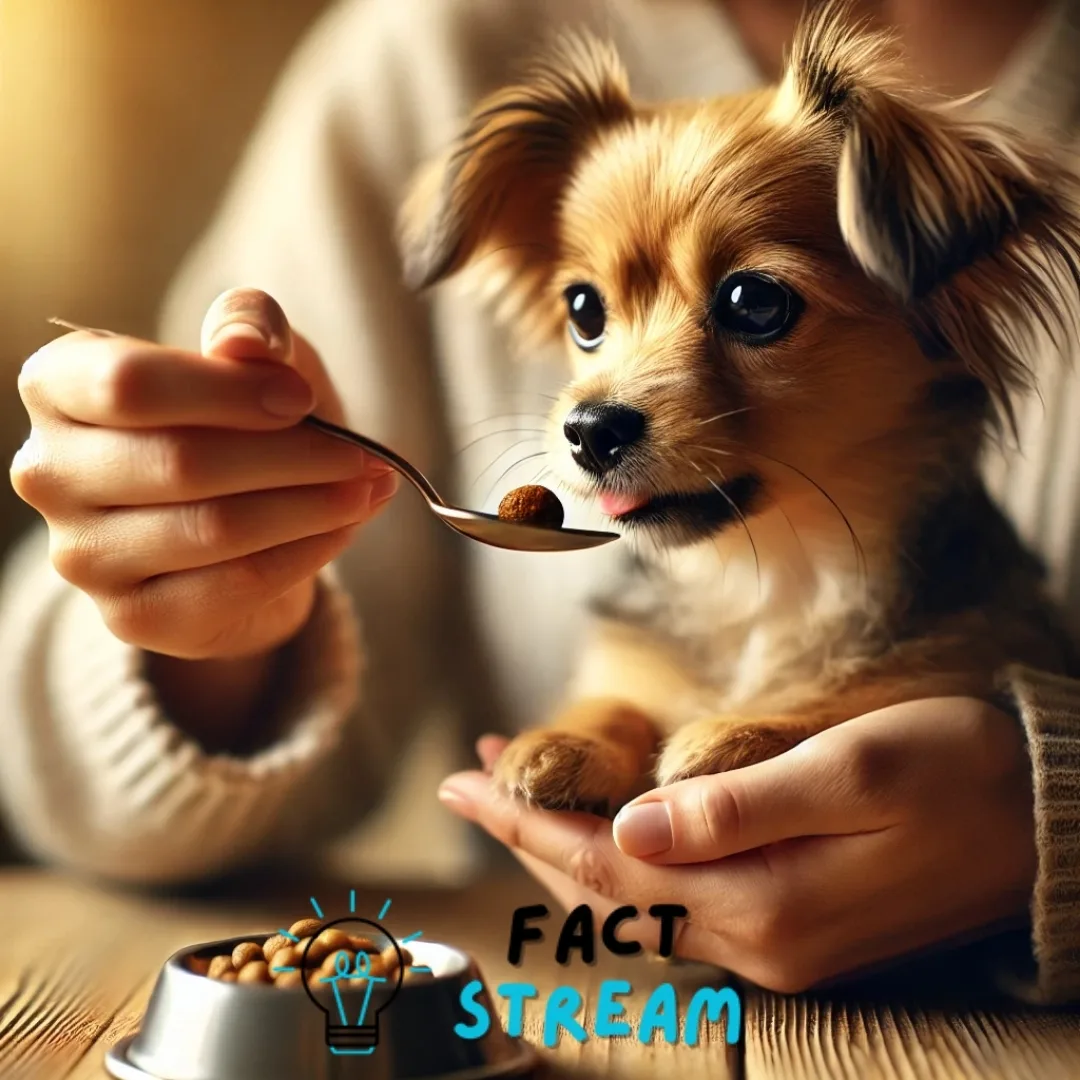
Tips to Tempt a Picky Eater
If you’re dealing with a healthy dog who’s just being a bit picky, try these tips to get them excited about mealtime again:
- Warm Up the Food: Just like we enjoy a warm, aromatic meal, dogs might find their food more appealing when it’s heated.
- Add Some Flavor: A little bit of low-sodium chicken or beef broth, bone broth, or a sprinkle of parmesan cheese can make their food more enticing.
- Hand Feeding: Sometimes, all it takes is a little extra love and attention. Hand-feeding your dog a few bites might encourage them to eat from their bowl.
- Food Puzzles: Turn mealtime into a fun game! Food puzzles can challenge their minds and make eating more engaging.
- Smaller, More Frequent Meals: Instead of one or two large meals, try offering smaller portions more frequently throughout the day.
How Long Can a Dog Go Without Water?
Just like us, dogs need water to survive. In fact, they can become dehydrated much faster than they can starve. A healthy dog can typically go about 3 days without water, but symptoms of dehydration can start showing up within 24 hours.
Puppies are even more vulnerable to dehydration because of their smaller size and higher metabolism. If you notice any signs of dehydration, like excessive panting, dry gums, lethargy, or sunken eyes, contact your vet immediately.
Dehydration can quickly become serious, so don’t wait to seek help.
How Many Days Can a Dog Survive Without Food and Water?
It’s hard to give an exact number because every dog is different, but a dog deprived of both food and water will likely not survive more than 3 days. Dehydration is the more immediate danger, and its effects will become severe very quickly.
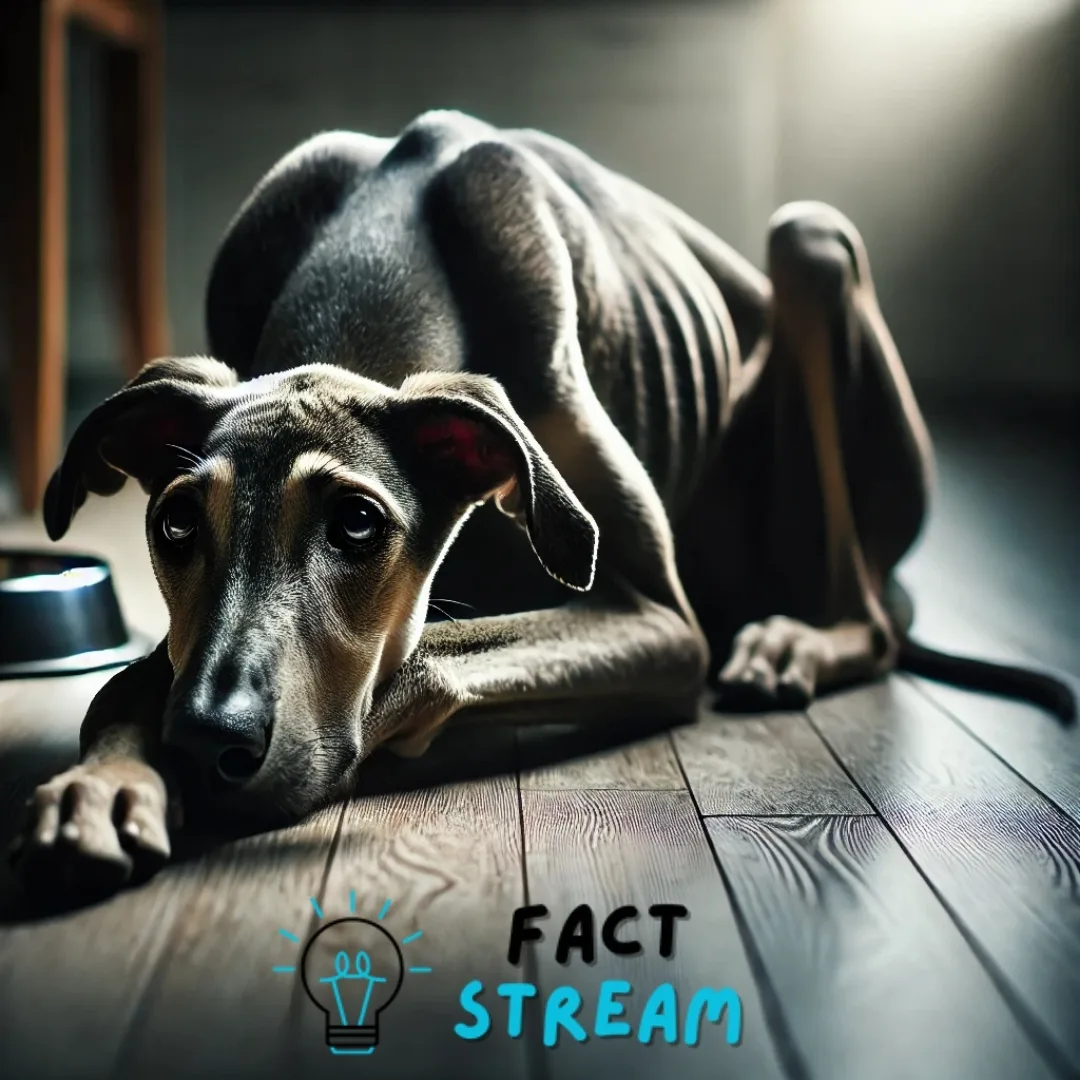
How Long Can a Sick Dog Live Without Food?
A sick dog’s ability to go without food will vary depending on the illness. Some illnesses might make them lose their appetite entirely, while others might only slightly decrease their food intake. It’s always best to consult your vet for guidance if your sick dog isn’t eating, as they can assess the situation and recommend the best course of action.
How Long Can a Dog Go Without Eating With Cancer?
Cancer can significantly affect a dog’s appetite. They might experience nausea, pain, or other side effects from treatment that make eating difficult. It’s essential to work closely with your vet to manage their nutrition and ensure they get the calories and nutrients they need.
Why is My Dog Not Eating His Food But Will Eat Treats?
If your dog is turning down their regular food but happily gobbles up treats, it could be a sign of a few things:
- Picky Eater: Your pup might just be trying to hold out for something tastier. It’s like a kid refusing their vegetables but begging for dessert!
- Behavioral Issue: They might have learned that refusing their food will result in getting treats. It’s a clever manipulation tactic!
- Underlying Medical Issue: While less likely, it’s still possible that a health problem is causing a change in their taste preferences.
If you’re concerned, it’s always a good idea to rule out any medical issues with your vet.
My Dog Won’t Eat or Drink and Just Lays There
This is a serious red flag! Don’t wait – take your dog to the vet or an emergency animal hospital immediately. This combination of symptoms could indicate a life-threatening condition that requires prompt medical attention.
How Long Can a Dog Go Without Going to the Bathroom?
While this question wasn’t directly addressed in the sources provided, it’s important to note that healthy adult dogs typically need to urinate several times a day and defecate at least once a day. If your dog is holding their bladder or bowels for extended periods, it could be a sign of a medical issue and you should consult your veterinarian.
How Long Can a Dog Go Without Eating With Diarrhea?
Diarrhea can quickly lead to dehydration, which is especially dangerous for puppies and dogs with underlying health conditions. If your dog has diarrhea and isn’t eating, it’s essential to contact your vet for guidance. They might recommend withholding food for 12-24 hours to give their digestive system a break and then gradually reintroducing a bland diet.
Never force your dog to eat if they have diarrhea, as this could worsen their condition.
What Happens When a Dog Doesn’t Eat for 3 Days?
By day 3 of not eating, a dog’s body will start to break down its own muscle tissue for energy. This can lead to weakness, lethargy, and other health problems. If your dog has gone 3 days without food, it’s crucial to seek veterinary care immediately.
When Should I Be Worried About My Dog Not Eating?
You should be concerned if your adult dog hasn’t eaten for 48 hours, or if your puppy hasn’t eaten for 24 hours. You should also be worried if their lack of appetite is accompanied by other symptoms like vomiting, diarrhea, lethargy, weight loss, or changes in behavior.
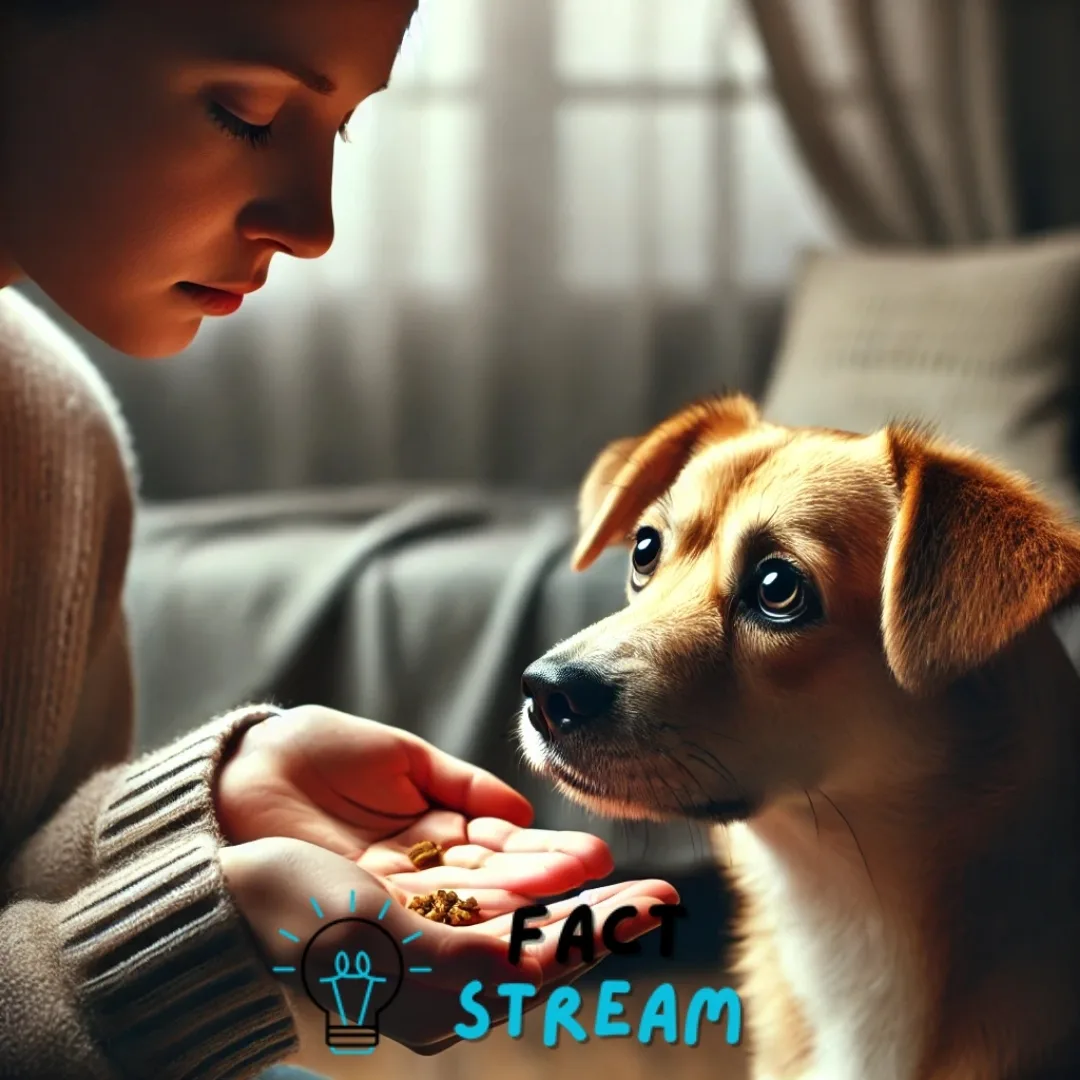
How to Feed a Dog That Won’t Eat?
Here are some tips for encouraging a dog who’s reluctant to eat:
- Warm up their food to enhance the aroma.
- Add enticing flavors, like low-sodium chicken or beef broth, bone broth, or a sprinkle of parmesan cheese.
- Hand-feed them a few bites to spark their interest.
- Try a different food brand or flavor.
- Offer smaller, more frequent meals.
- Use food puzzles to make mealtime more engaging.
- Consider a temporary switch to bland foods like boiled chicken and rice.
Important: If your dog has an underlying medical condition, consult your vet before making any dietary changes.
Why is My Dog Not Eating But Drinking Water?
There are a few possible reasons why your dog might be drinking water but not eating:
- Picky Eating: They might just be holding out for something tastier or be bored with their current food.
- Stress or Anxiety: Environmental changes or emotional distress can suppress appetite while leaving thirst intact.
- Illness: Some illnesses might cause a loss of appetite while increasing thirst.
It’s best to consult your vet to rule out any medical issues.
How Long Can a Sick Dog Go Without Eating?
This depends on the severity and type of illness. Some dogs might be able to go a few days without eating, while others might need veterinary intervention sooner.
If your sick dog isn’t eating, it’s crucial to contact your vet for guidance.
Should You Force Feed a Dog That Won’t Eat?
Force-feeding is generally not recommended and should only be considered as a last resort in extreme cases and under the guidance of a veterinarian. It can be stressful for both you and your dog and can even be dangerous if done incorrectly.
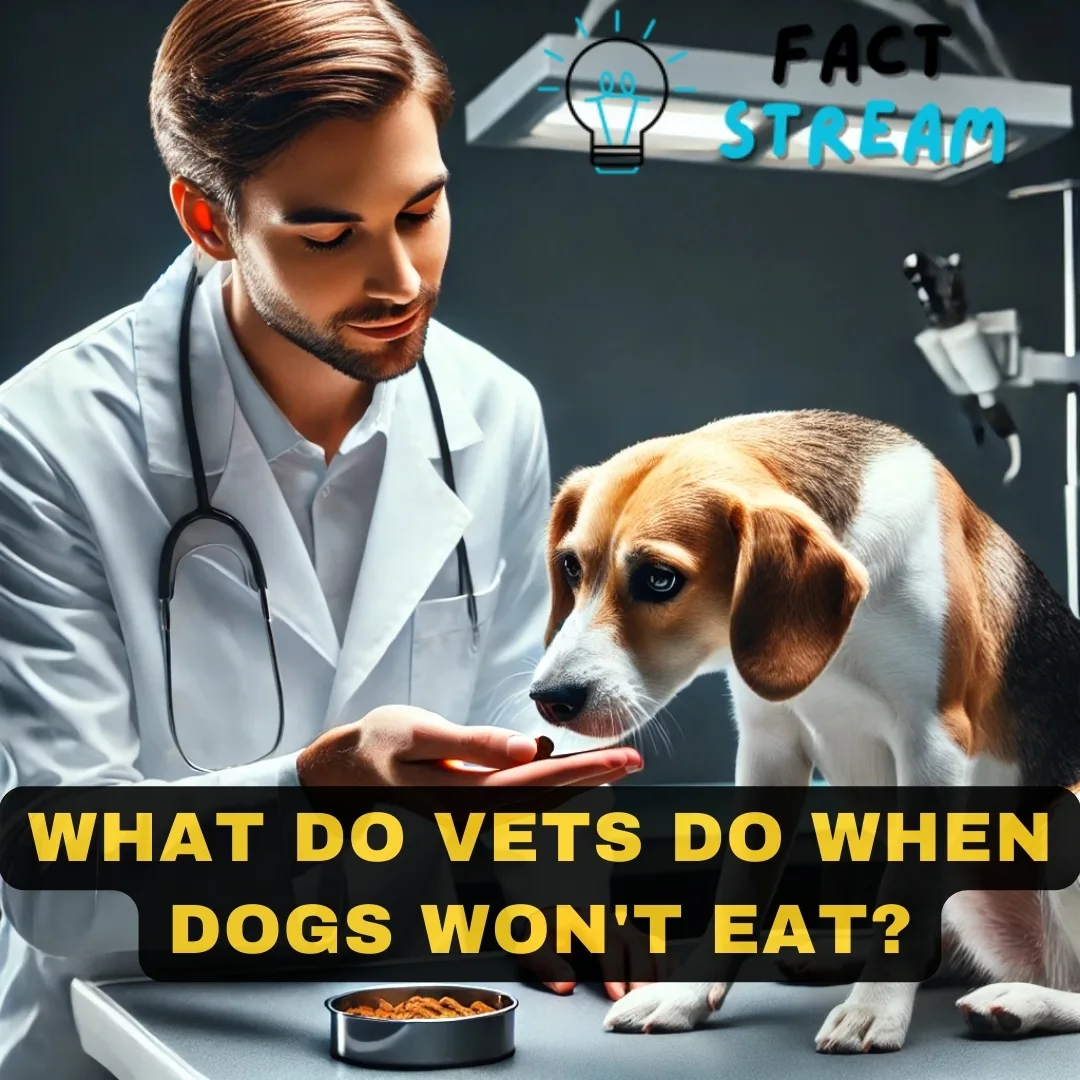
What Do Vets Do When Dogs Won’t Eat?
Vets will first try to determine the underlying cause of the dog’s lack of appetite. They might:
- Perform a physical exam to check for any obvious signs of illness.
- Ask about the dog’s medical history and recent changes in their environment or routine.
- Run diagnostic tests, such as blood work, urinalysis, or X-rays, to rule out or confirm any suspected conditions.
Based on their findings, they might recommend:
- Treating any underlying medical conditions
- Changing the dog’s diet
- Prescribing appetite stimulants
- Providing supportive care, such as fluid therapy or nutritional supplements
In severe cases, they might recommend hospitalization and more aggressive interventions like a feeding tube.
Should I Put My Dog Down If He Isn’t Eating?
This is a difficult decision that should be made in consultation with your veterinarian and based on your dog’s overall health, quality of life, and prognosis. If your dog is not eating due to a treatable condition, there’s hope for recovery.
However, if their condition is terminal or untreatable, and their quality of life is severely compromised, euthanasia might be the most compassionate option. Your vet can help you weigh the factors involved and make the best decision for your beloved companion.
The Bottom Line
Your dog’s appetite is a good indicator of their overall health. While a healthy adult dog can technically go a few days without eating, it’s crucial to understand the potential risks and address the issue promptly.
By observing their behavior, checking for any underlying medical conditions, and trying some simple tips to tempt their taste buds, you can ensure your furry friend stays happy, healthy, and well-fed. Remember, when in doubt, always reach out to your vet for personalized advice.

